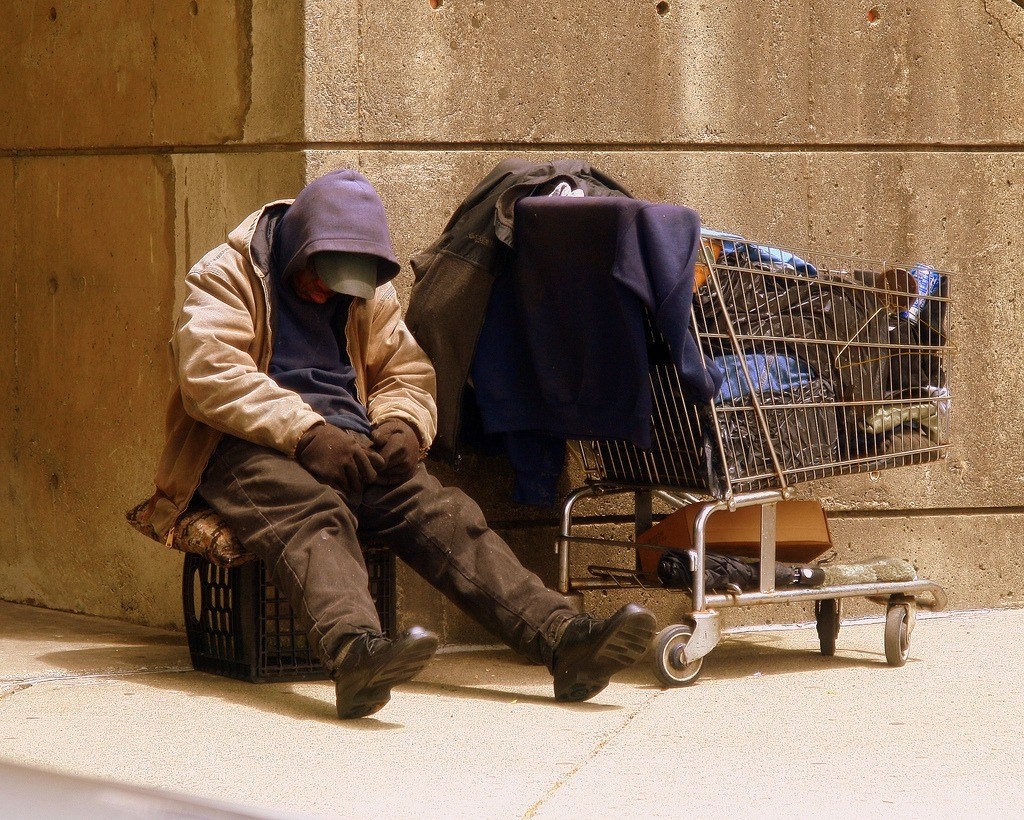The voluntary sector of associations and other groups has weathered the storm of the Covid-19 crisis largely as a result of public-sector financing, according to the latest barometer of the sector carried out by the King Baudouin Foundation.
The barometer is compiled every two years, and the latest coincides with a year in which the sector has had – like the rest of society – with restrictions on its activities. No fund-raising events, fewer volunteers, fewer donations, not even a jumble sale: nothing about the situation has been anything but disastrous.
The survey looked at 700 associations, ranging in size from small (60%) to large (31%) to very large (9%). The sample was split evenly between French-speaking and Dutch-speaking.
Their principal area of activity was social work (31%), health (24%), culture (19%), development cooperation (14%), and environment and animal welfare (11%).
Looking at the sector as a whole, the sample showed that 79% had experienced a deterioration in their financial situation in 2020, compared to only 49% in 2018, the last time the survey was done. The number that had seen an improvement went down from 4% to 2%, but the most revealing figure was the drop in the number whose situation had remained stable – from 40% in 2018 to only 14% this year.
Looking at the coming 12 months, 64% expected things to get worse still, with only 22% predicting that things would get better.
Sector by sector, there was little difference in how the year has gone so far – a spread of 82% for culture and development, down to 76% for environment. Small organisations were more likely to suffer, but not by much: 81% compared to 79% for very large associations and 76% for large.
When asked to evaluate the role of the coronavirus pandemic on their situation, 5% said it had no effect. By contrast, 75% said it was the sole factor, with 20% saying it had a partial role.
Surprisingly, among those who had seen an improvement this year, 28% said the crisis had been entirely responsible, with 35% saying it had no effect.
When polled in 2018, 23% of associations said they had adequate reserves to survive the next six to 12 months. Now the figure has gone up to 34%. Two years ago 34% had no reserves at all; now the figure is 31%.
When it comes to the question of main sources of revenue, we see an average of 63% of total resources coming from permanent, structural subsidy from government, whether European, federal, regional, provincial or municipal.
At the same time 25% of resources came from one-off or project funding from government, making a total on average of 60% of income.
Government subsidies therefore make up the majority of funding for associations in all sectors, and public financing is by far the largest single source of revenue. The second-largest – the sale of articles to the public – makes up only 28% of resources.
“More than ever, solidarity is needed, today and tomorrow, to keep the life of volunteer associations on track,” the Foundation concludes.
Alan Hope
The Brussels Times

